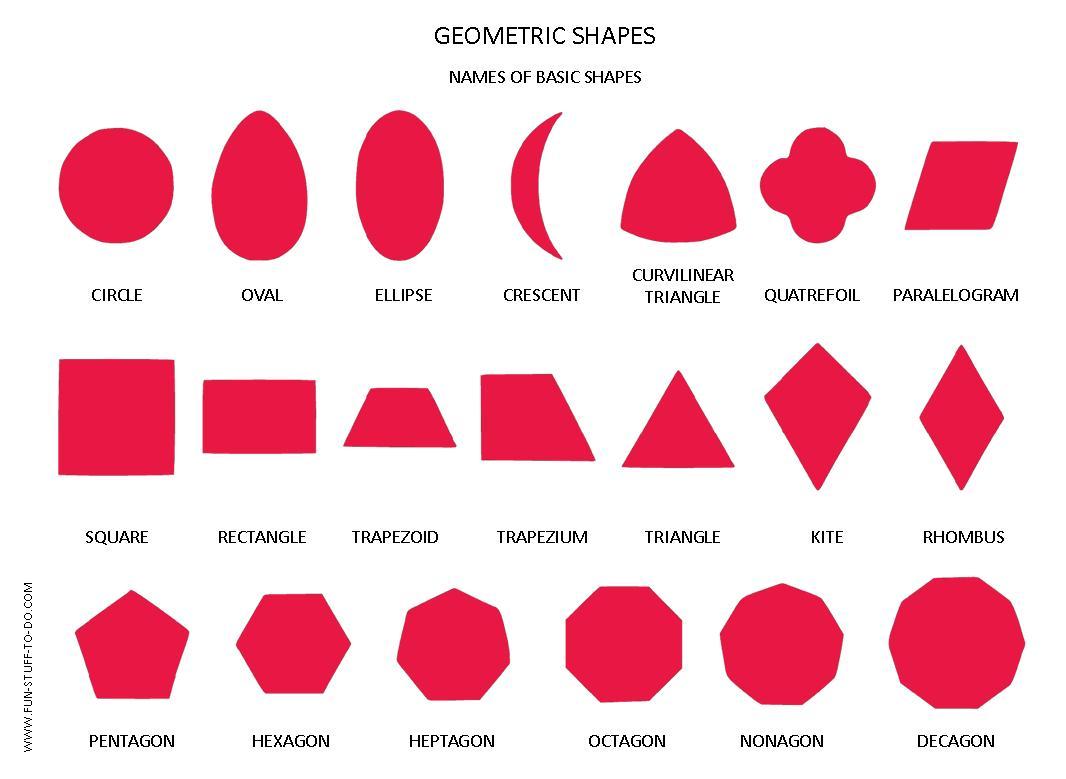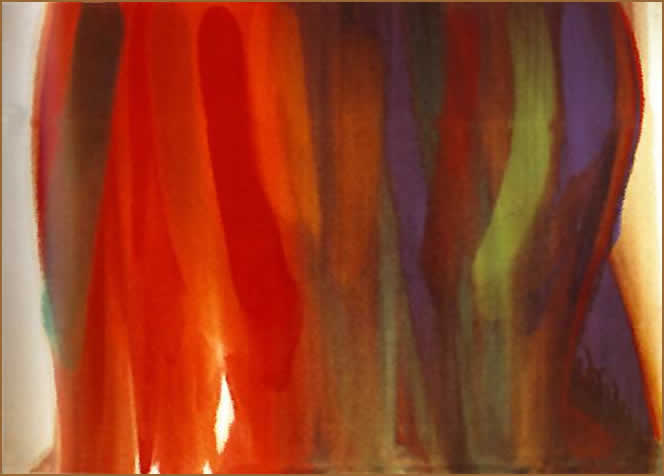Geometric shapes consist of straight lines that are easily defined by mathematics and are frequently but not always symmetric in nature.
Organic shapes are often free form in nature, with no straight lines or mathematic features, often free-form in nature.
We also began to discuss color last week. Some visual artists who used color to convey emotion, define space and generally test the scope and breadth of visual dynamics were:
Mark Rothko
Helen Frankenthaler
Morris Louis
and
Ellsworth Kelly
Each of these artists used color as the dominant feature in their artwork. None were figurative, meaning they didn't paint figures or even identifiable forms. Instead, the color became the artwork. For Thursday's class, I would like you to create an abstract watercolor that conveys mood. If you would like, you can use a dramatic work as the origin of your mood piece. For instance, you can select a scene from a play with which you are familiar, and depict the mood of that scene as a watercolor abstraction of mood. The goal is to associate color, hue, tone, tint, and value with definable moods. The expectation is that you will be able to describe the scene, explain the prevailing mood, and then explain how your color rendering relates to that.
We will be reviewing color theory in class, addressing watercolor technique and visiting the Adobe Kuler website. http://kuler.adobe.com
This site addresses color theory for web designers, but contains some very useful explanations of the rules of color:
Due Thursday--Color Wheel assignment, mood watercolor, 1 example each of symmetry and balance.





